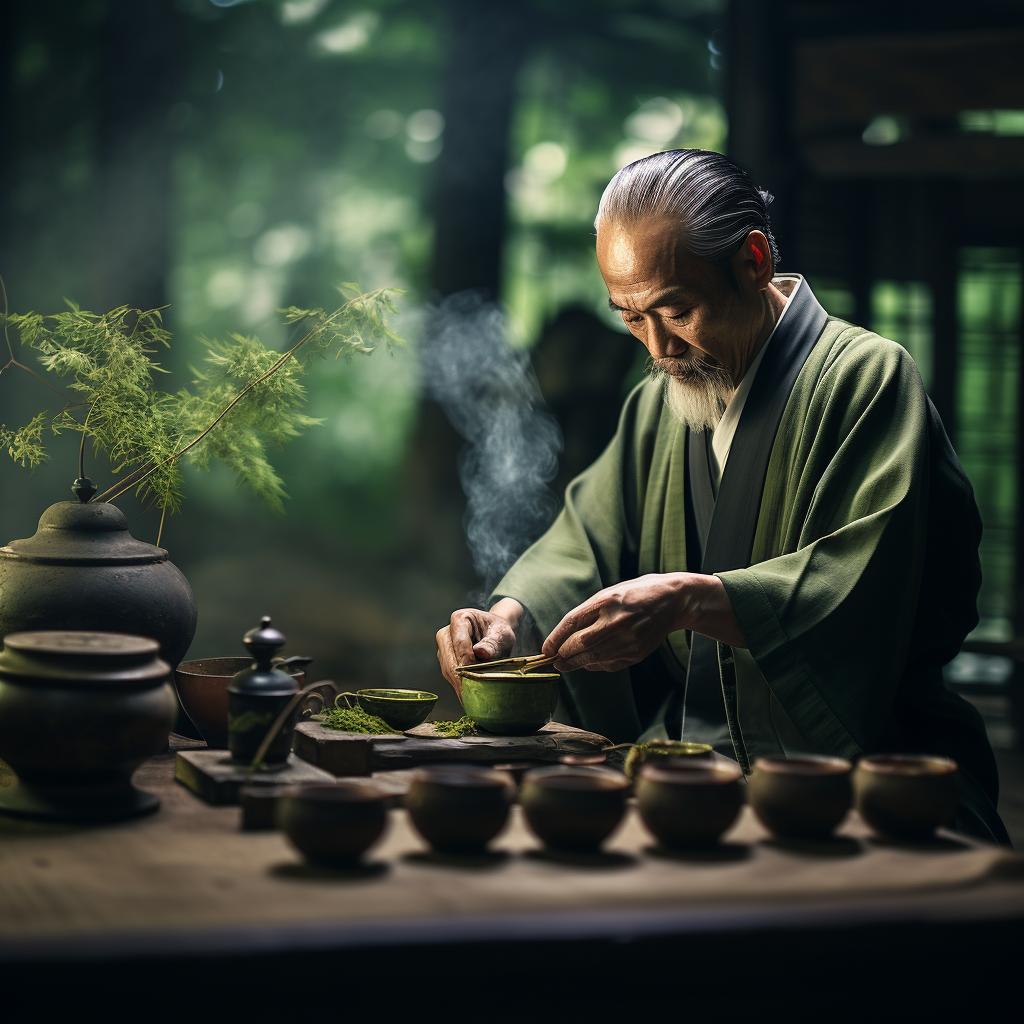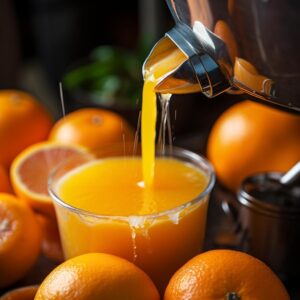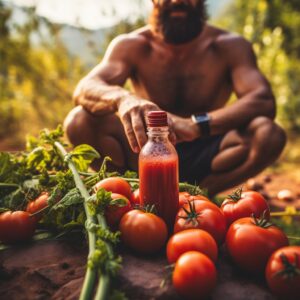
Green tea is not just a beverage; it’s a centuries-old tradition that ignites the senses and refreshes the soul. There is an art to brewing the perfect cup of green tea, and in this article, we will unveil the secrets that tea connoisseurs have embraced for generations. From selecting the right green tea to mastering water temperature, brewing time, and teaware, we will guide you through the journey of becoming a true green tea aficionado.
Selecting the Right Green Tea
To embark on your green tea brewing journey, it is crucial to choose the right type of green tea that suits your taste preferences. Each variety offers a unique flavor profile, ranging from delicate and grassy to vegetal and slightly bitter. Sencha, Matcha, Dragonwell, and Gunpowder are among the popular green tea options. Consider experimenting with different varieties to discover your personal favorite.
Understanding Water Temperature and Quality
Water temperature plays a vital role in unlocking the flavors of green tea. Boiling water can scorch the leaves, resulting in a bitter taste, while water that is too cool fails to extract the essence fully. Most green teas thrive at temperatures between 160°F (71°C) and 180°F (82°C). Remember to use filtered water to ensure optimal taste, as impurities or chemicals in tap water may affect the natural flavor of the tea.
Brewing Time and Techniques
The subtle balance between steeping time and flavor extraction is another secret to brewing the perfect cup of green tea. Depending on the type of green tea, steeping times can vary from 1 to 3 minutes. Experimenting with different steeping times will help you find the sweet spot that matches your taste preferences. Whether you choose the gongfu method with multiple short infusions or the Western-style single steep, the key lies in adjusting the steeping time to achieve the desired strength.
Tea-to-Water Ratio and Measurement
Getting the tea-to-water ratio right can make or break your green tea experience. Typically, using one teaspoon of green tea per cup of water provides a good starting point. However, if you prefer stronger or milder tea, feel free to adjust the amount accordingly. Using a kitchen scale to measure the tea leaves accurately ensures consistency in taste and flavor.
Teaware and Equipment
Investing in suitable teaware can greatly enhance your green tea brewing experience. Consider choosing teapots or infusers made from materials like porcelain, glass, or clay, as they prevent unwanted flavors from seeping into the tea. Additionally, having a temperature-controlled kettle and a digital timer can help you achieve precision in brewing.
Enhancing the Green Tea Experience
While green tea is delightful on its own, certain additions can heighten the flavor and offer a unique twist. Squeezing a slice of lemon into your cup can add a citrusy zing, while a sprig of fresh mint brings a refreshing coolness. Exploring food pairings, such as light snacks, cakes, or fruits, can create a harmonious blend of flavors to savor alongside your green tea.
Troubleshooting Common Green Tea Brewing Issues
Encountering bitterness or weak flavors in your green tea? Don’t fret, as common brewing issues are easily rectifiable. To reduce bitterness, you can try adjusting the water temperature, shortening the steeping time, or using less tea leaves. On the other hand, if your tea tastes weak, consider using more tea leaves, increasing the steeping time, or slightly raising the water temperature. Remember, each tea has its own characteristics, so some experimentation is often necessary to achieve the desired taste.
Expert Tips from Tea Masters
Tea masters, with their wealth of knowledge and experience, offer valuable insights into mastering the art of green tea brewing. Let their wisdom guide your brewing journey. From advice on adjusting water temperature for delicate teas to recommendations on the best teaware for specific green tea varieties, their expertise will elevate your tea experience to new heights.
Conclusion
You are now equipped with the secrets to brewing the perfect cup of green tea. Remember, the journey is as important as the destination. Embrace the art, experiment with different teas, and savor every sip. Unlock the flavors and aromas that green tea holds and discover a serene refuge in each fragrant cup.
FAQs (Frequently Asked Questions)
Can I use tap water instead of filtered water?
While tap water can be used, filtered water is recommended to ensure the best taste and avoid any unwanted flavors.
How much green tea should I use for a stronger cup?
You can increase the tea-to-water ratio by adding an extra teaspoon of green tea leaves to achieve a stronger cup of tea.
Should I reuse green tea leaves for multiple steepings?
Some green teas, especially high-quality loose leaf teas, can be steeped multiple times. Experiment with shorter steeping times for subsequent infusions to enjoy the evolving flavors.
What’s the difference between gongfu brewing and Western-style brewing?
Gongfu brewing involves multiple short infusions using a higher tea-to-water ratio, while Western-style brewing employs a single longer infusion with a lower tea-to-water ratio.
Can I add sweeteners like sugar or honey to green tea?
It’s a matter of personal preference. Green tea is traditionally enjoyed without sweeteners, but if you desire a sweeter taste, you can experiment with a small amount of sugar, honey, or other natural sweeteners.

